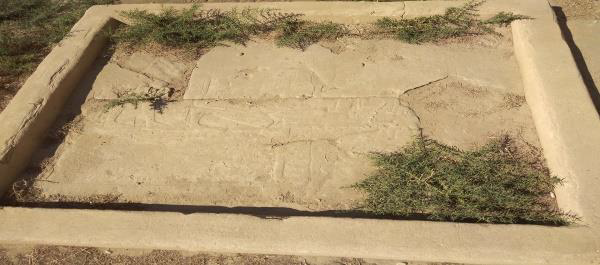by Villanueva, M.
ABSTRACT
The extreme heat and humidity in tropical climates challenge the care of collections as they accelerate deterioration, particularly for hygroscopic materials like paintings and works on paper. Their preservation typically relies on energy-intensive climate control systems for storage, handling and exhibition, often contributing an institutions greatest carbon footprint. Amid a global climate crisis and the conservation community’s call to reduce energy use, reevaluating temperature and relative humidity (RH) management presents an opportunity to take action. This paper is a study on how environmental guidelines were developed for the Lopez Museum and Library in the Philippines with sustainability in mind. It reviews the institution’s previous practices and the collection’s environmental history data; assesses impact to collection condition; and identifies environmental needs moving forward, with consideration to object use, institutional programming, and optimum building requirements. The resulting environmental guidelines show that the international practice of maintaining 20±2ºC and 50±5%RH across materials, which had become a standard for many years, is unnecessary for the Lopez Museum and Library collection and sometimes dangerous. It shows how expanding approach from a one-size-fits-all strategy to a material and context-focused customisation can be safer for the collection, more sustainable, and more energy efficient.
![]()


